The idea of the reanimated dead roaming the world and devouring any survivors in their path – be it to spread a disease or to eat brains – has long been a staple of horror storytelling, with the term first appearing way back in 1819 (although the concept is a staple of many ancient mythologies, including Haitian, Japanese, West African, Scandinavian, and dozens more). However, none of those cultures, fables, tales, or legends have used these ravenous creatures as a narrative tool to explore modern exploitative work culture or, ironically, to teach us to love life.
Zom 100: Bucket List of the Dead takes a well worn genre and re-invigorates it with a surprising dose of optimism, humour, and heart. Through the lens of the show’s protagonist Akira, the show takes a contrasting approach to the traditional psyches of the survivors found in zombie stories. In traditional stories, the “before times,” as they are usually referred to, are seen as the greener grass, and are usually what the survivors hope to recreate once a cure has been found, with the ongoing apocalypse always carrying the negative connotations. However, Zom 100 hilariously flips this using the relatable feeling of being metaphorically crushed by an exploitative workplace as the negative side of the coin. As a result, when Akira notices that the population has turned into zombies, he isn’t viewing it as the end of days, instead he feels an uncontrollably immense sense of relief and freedom that he will never have to go back to work again.

To reflect this contrast in psychological states, the series also heavily contrasts its colour palettes, and utilises them in the reverse of what a normal zombie themed series would. Take The Walking Dead for example, almost the entire series is washed with a drab colour palette to reflect the decay of society at the hands of the outbreak, while the occasional flashback to the world before features a more vibrant palette. Zom 100 emphasises its message about exploitative corporations and dead end jobs by employing the drab ‘apocalyptic’ style palette for these scenes. This macabre tone is then overwhelmed by a vibrant, expressionistic explosion of colour once Akira understands his new situation.
First popularised in the early 1910s, Expressionism is an art movement that distorts photo-realism in order to emphasise the emotional intent of a piece of art – usually through colour. Expressionism is a medium that is often underutilised in anime, with most popular series opting for a one-dimensional, grounded style to match their narrative elements.
There is one key scene in Zom 100 that exudes its expressionistic nature, that being Akira’s sprint down his apartment’s hallway whilst zombies chase him. As Akira joyfully runs around his apartment, and travels to check on his workplace crush Saori, the zombies that chase him are covered in blood. However, instead of a realistic red colour, the zombies appear as if someone has thrown multicoloured cans of paint across them as the walking corpses are splattered with bright greens, blues, and yellows. This simple detail not only expresses Akira’s happiness in his new situation, it also personifies his newfound sense of freedom in the apocalypse through the lens’s new freedom to express vivid colour. This artistic choice prevails throughout the rest of the episode, even after Akira finds the zombified corpse of his workplace crush. Despite that scene’s sadder tone, the expressionistic colour choices remain, subtly implying that Akira’s new sense of freedom is the unbreakable pillar that the rest of the series will be built on.

Zom 100: Bucket List of the Dead continues to utilise this colour palette beyond just the first episode. The continued use of extravagant colour conveys Akira’s overall series arc to learn to love life in the apocalypse, encapsulated by the titular bucket list that he compiles and completes throughout the show.

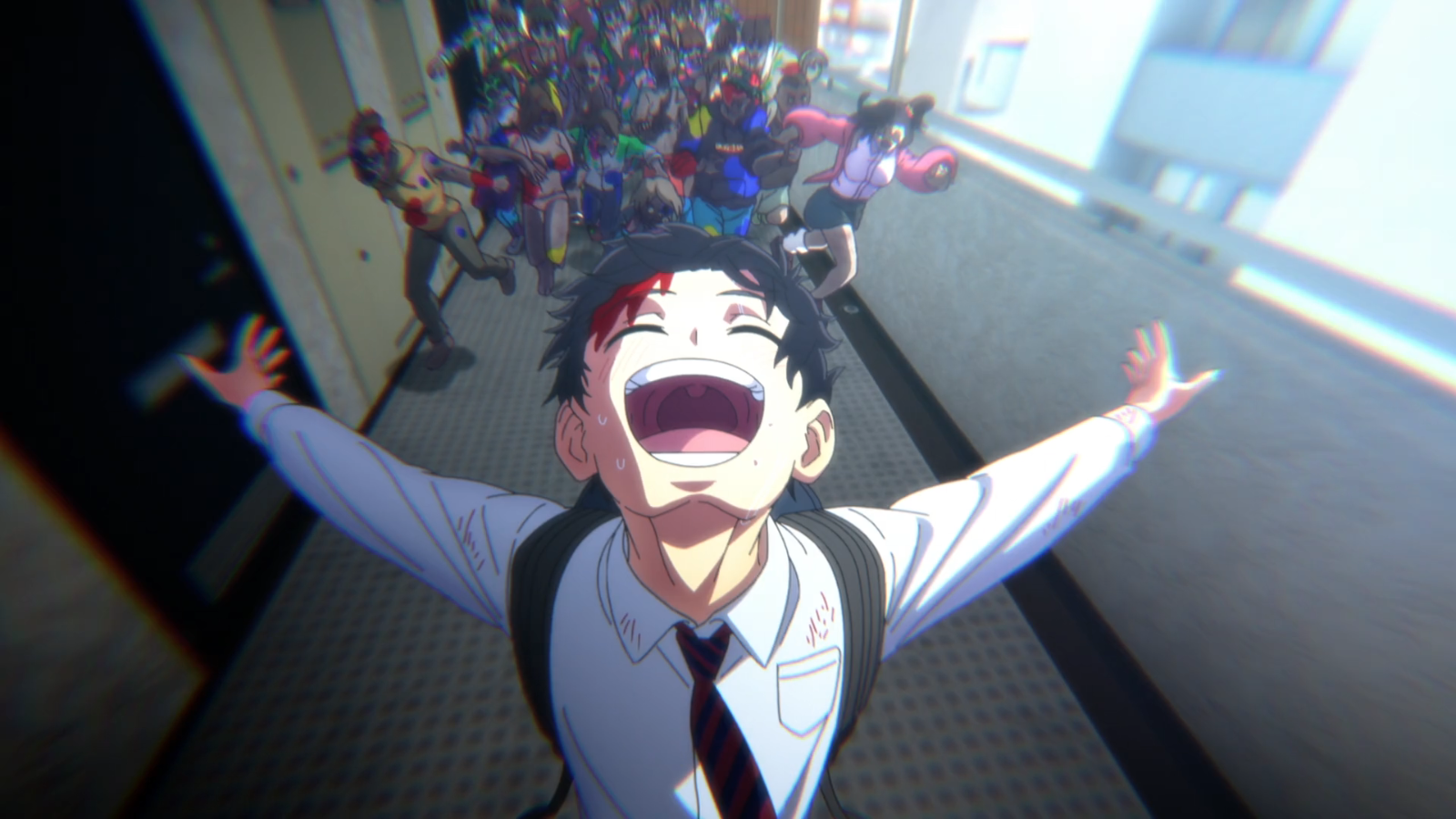



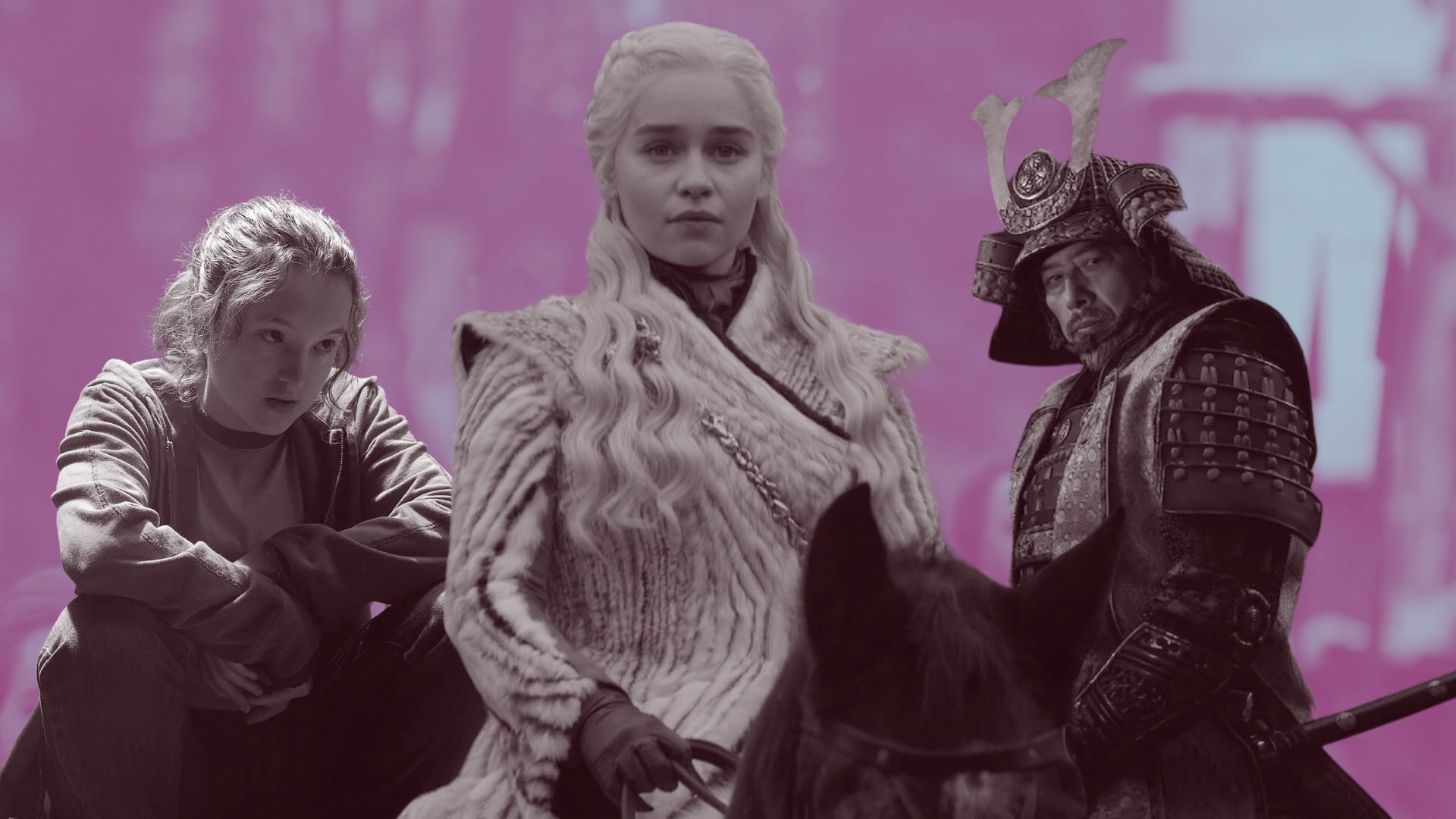







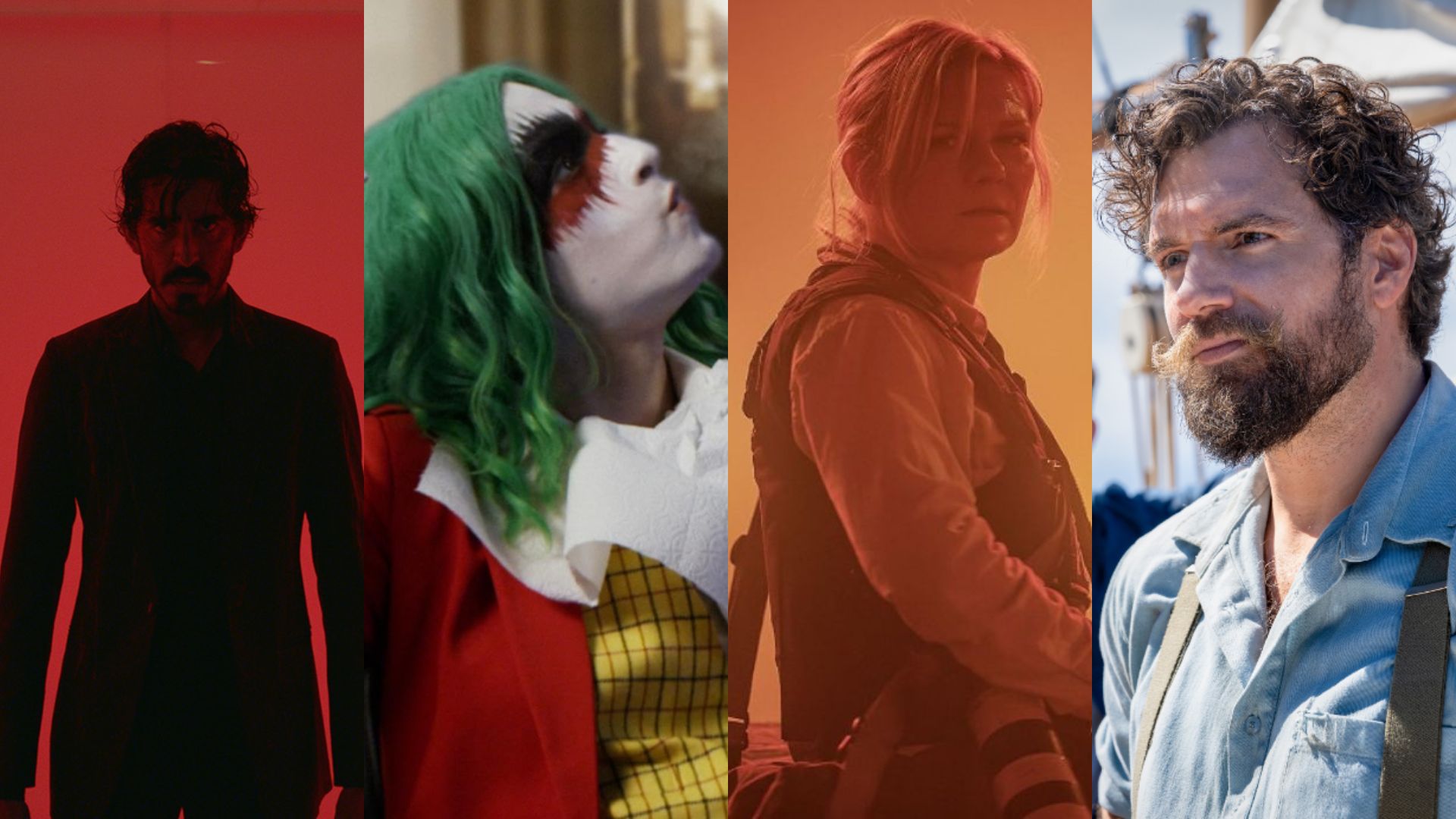


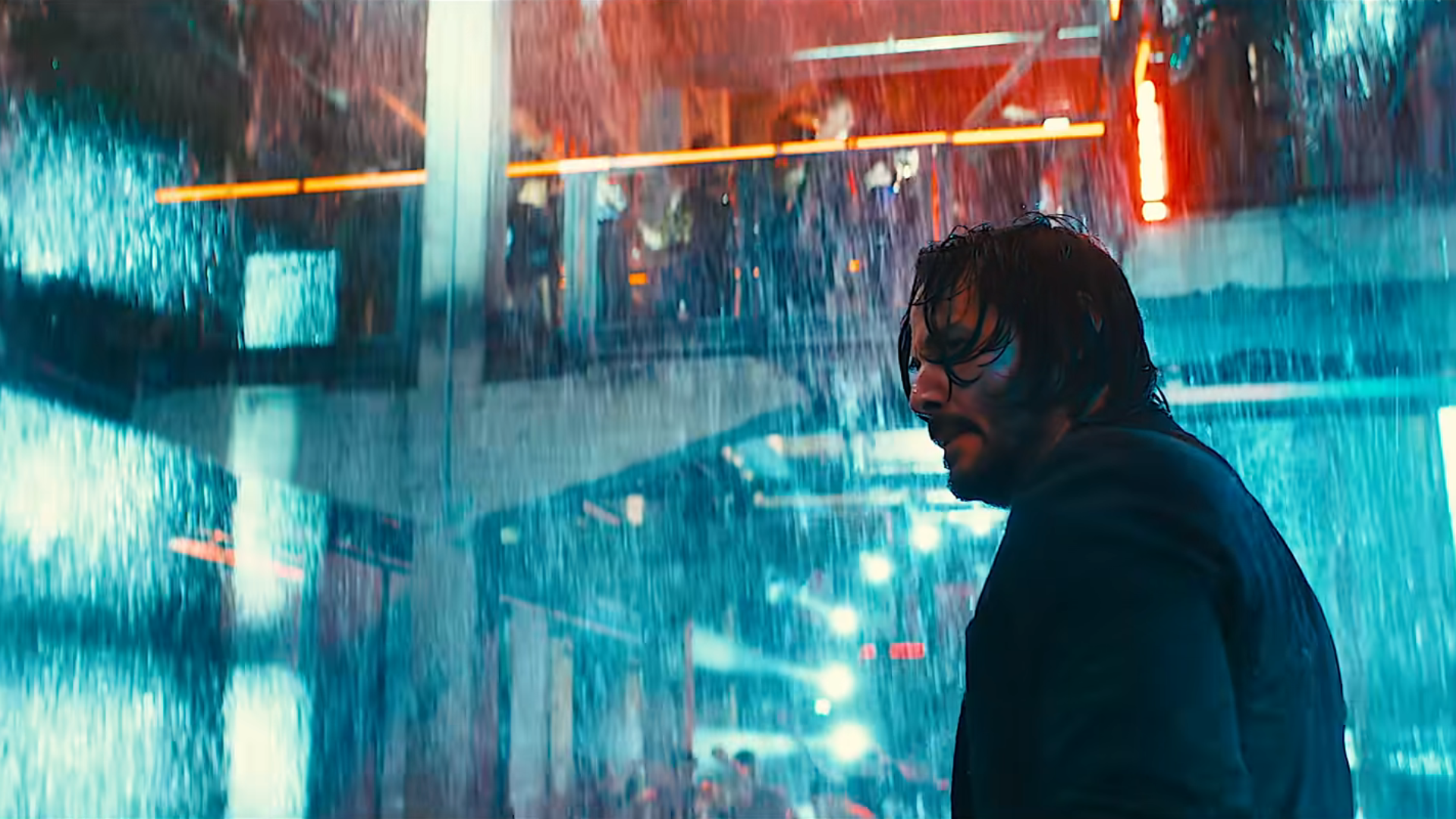



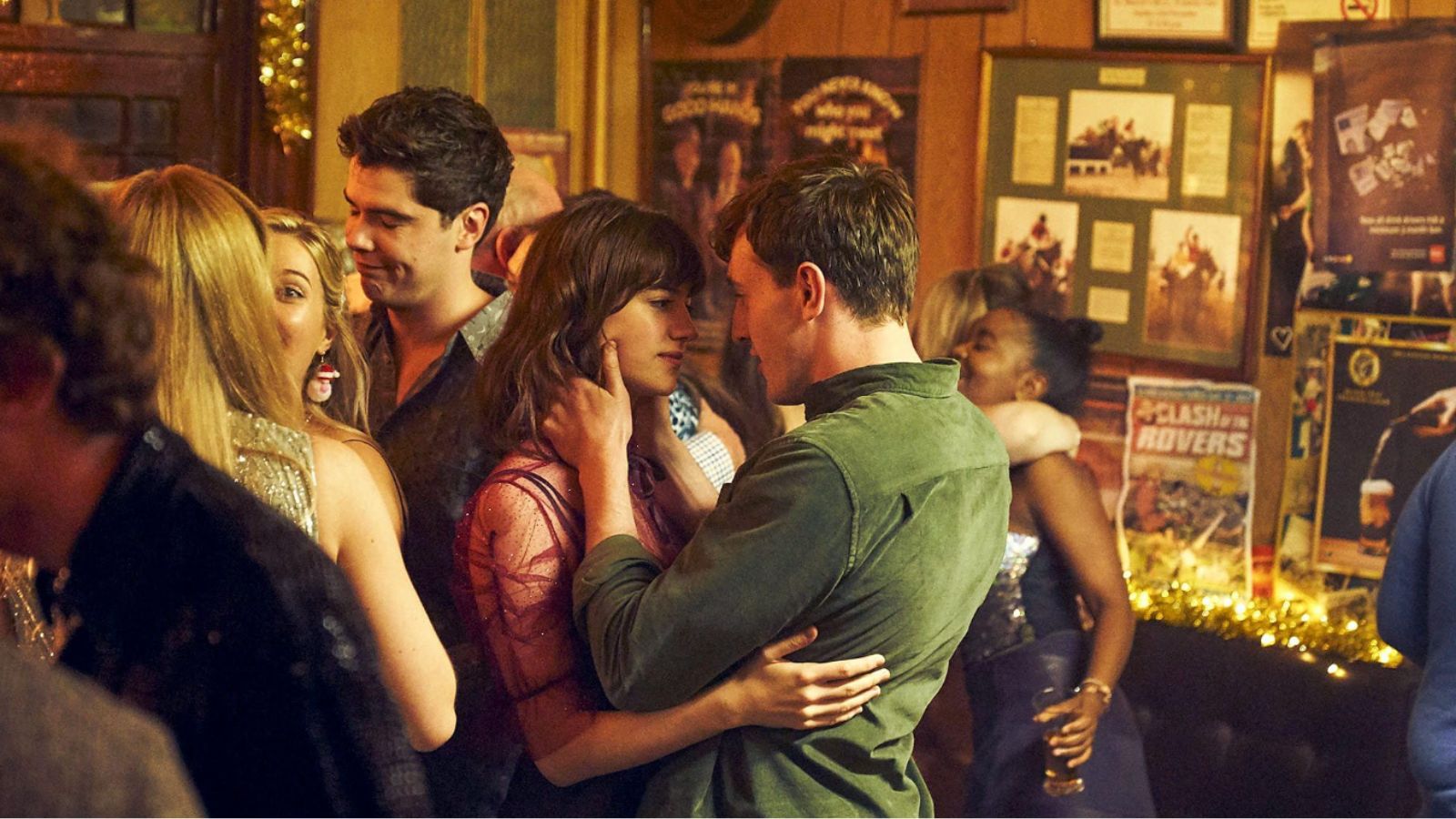

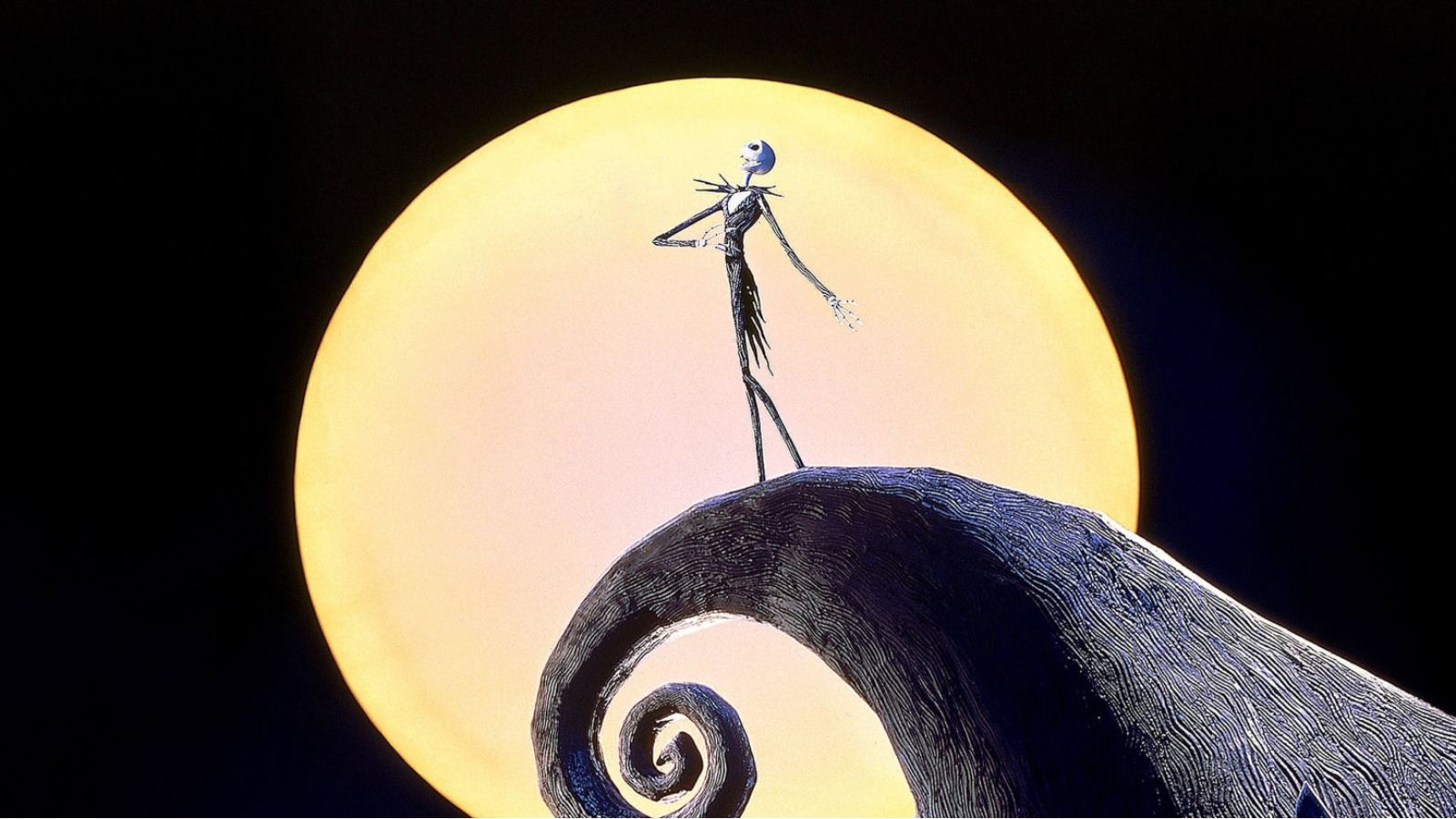


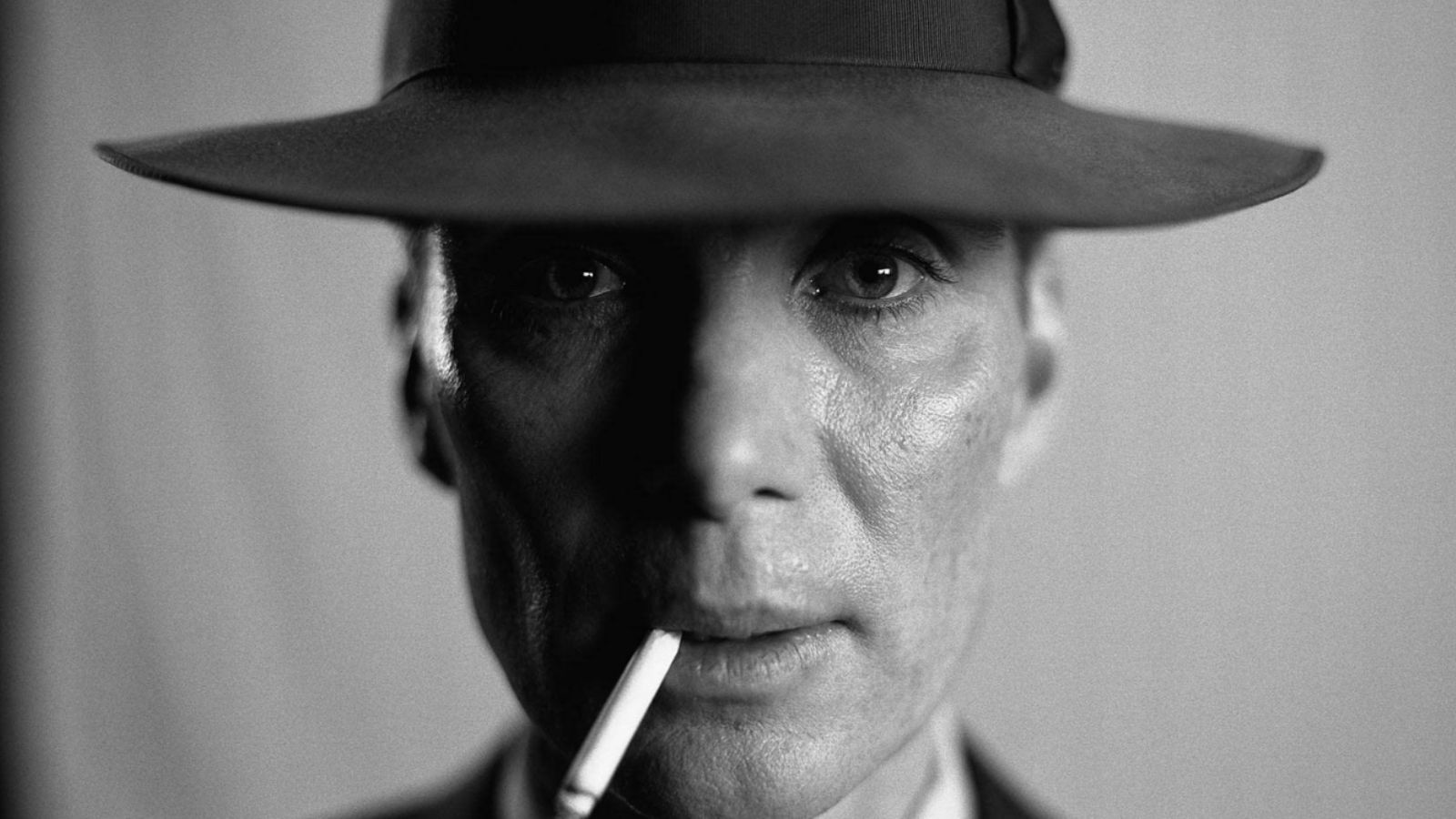
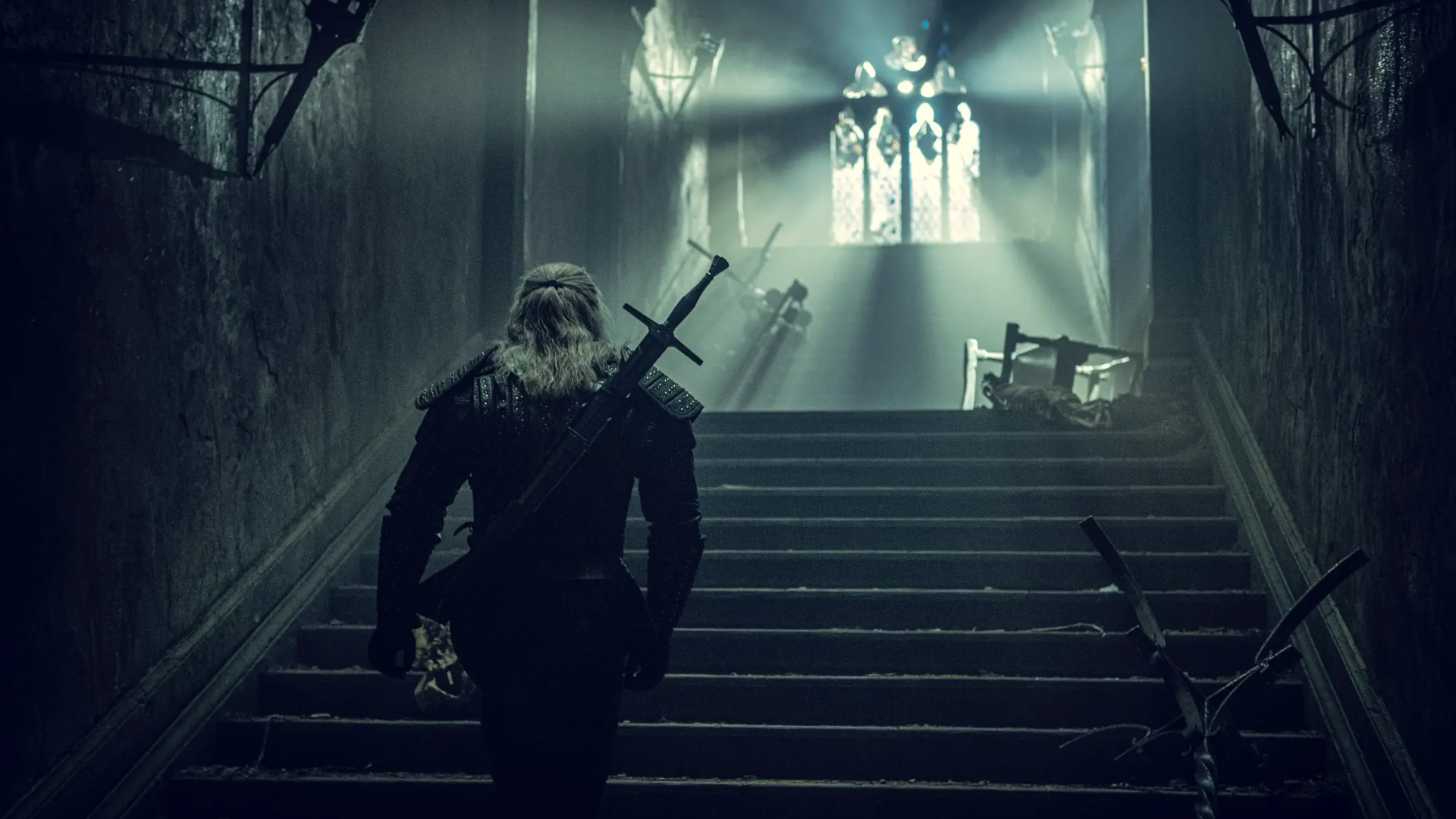






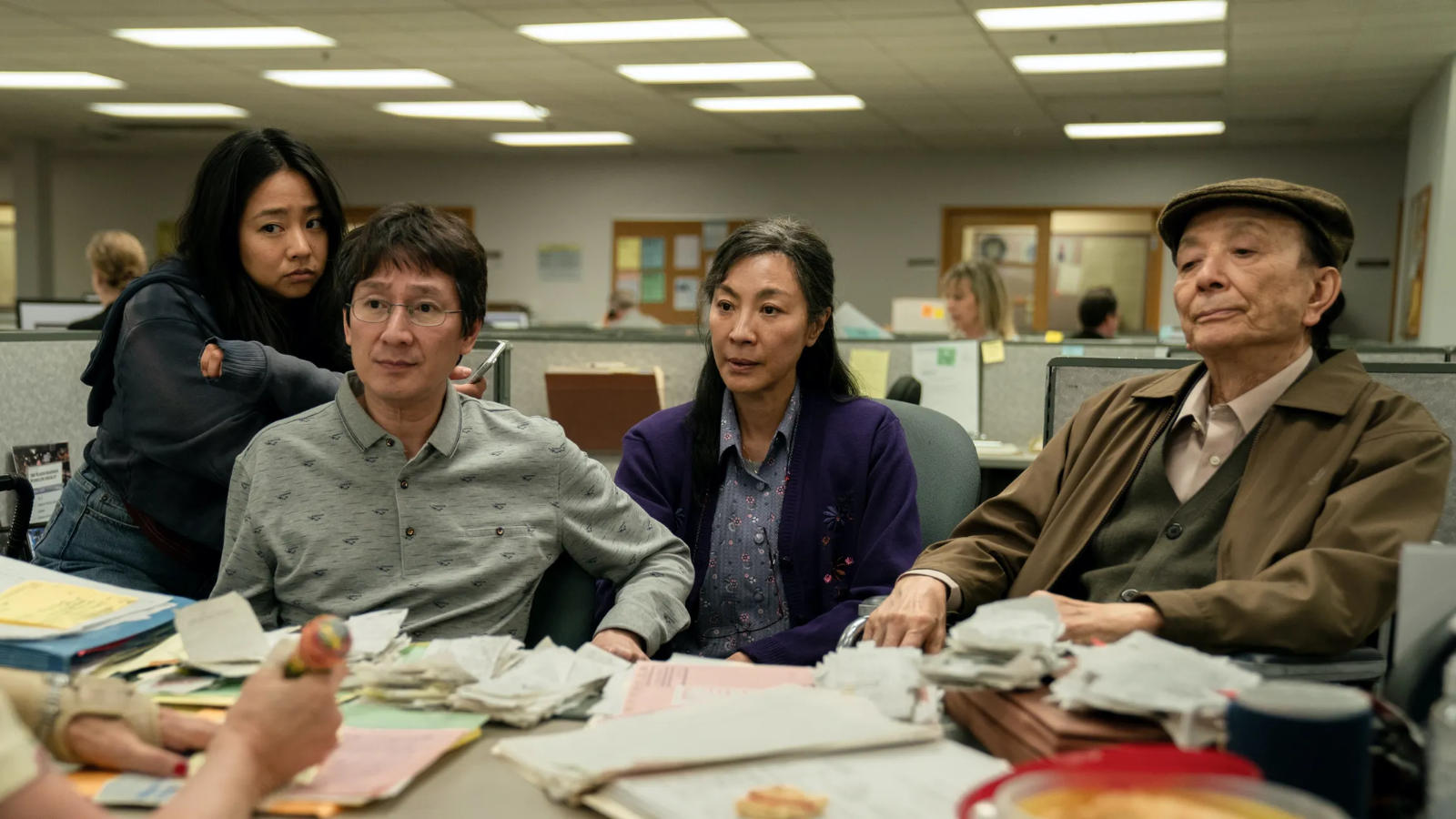


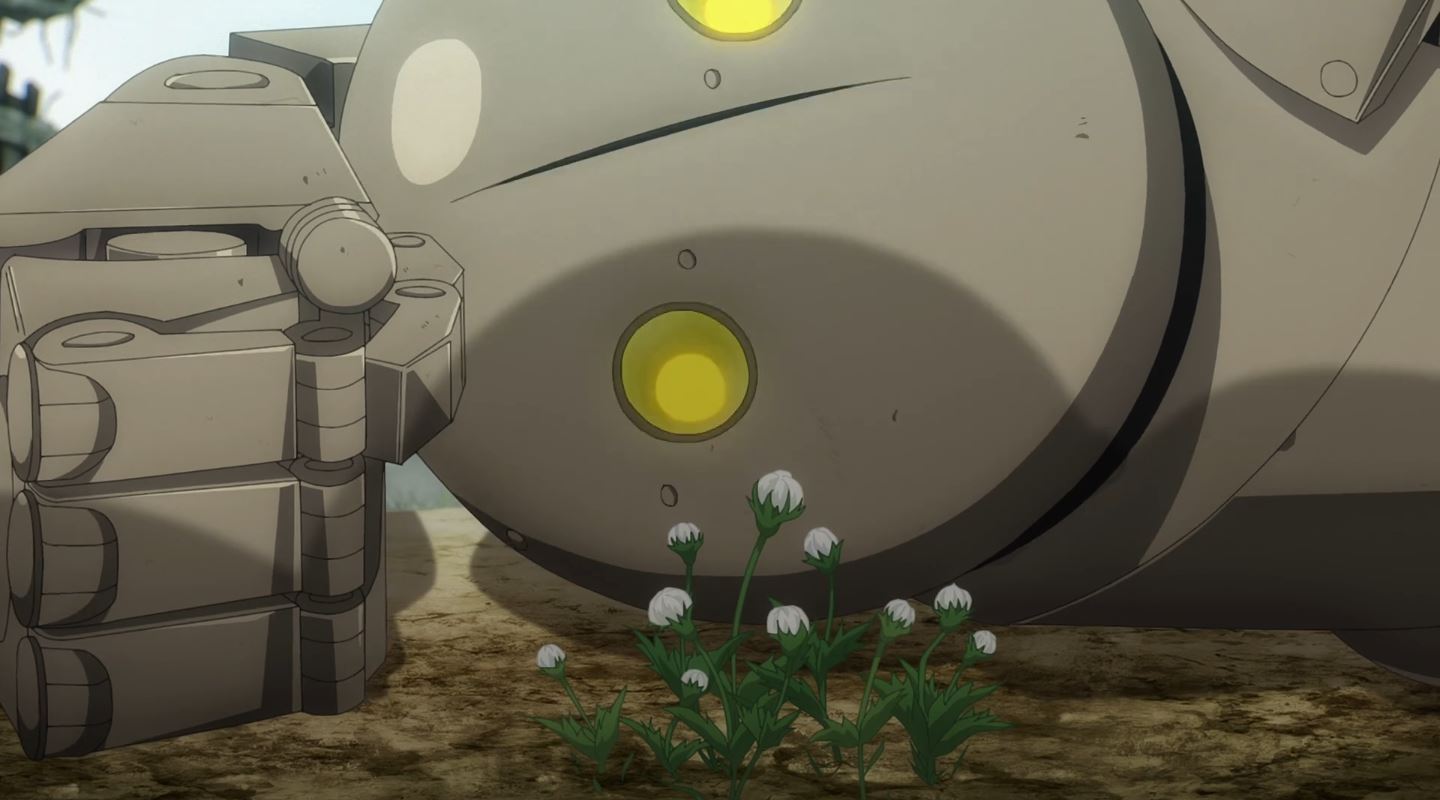
Leave a comment